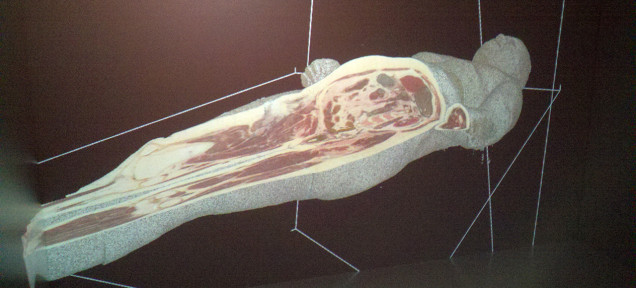Doctors Can Now Train for Surgery Using Immersive 3D Holograms of Corpses [VIDEO]
2014.04.08

Researchers and students can now peer into the body without the need of a cadaver. Virtual dissection tables have been built to do this.
The folks from the University of Michigan have taken the technology another step forward, using projectors, joysticks and 3-D equipment to build a floating holographic human. It will let users dissect, manipulate and put back together as they wish.
Called Michigan Immersive Digital Experience Nexus (MIDEN), it is a step forward from CAVE, its predecessor audio-visual system for virtual reality.
"The first time I saw the technology I almost cried," said Alexandre DaSilva, an assistant professor at the university's School of Dentistry, who is using the virtual cadaver along with his students. "In my wildest dream, I never thought that this would be possible."
Check it out in the video below:
More Articles
Copyright © Fooyoh.com All rights reserved.